The application for the 2025-2026 school year is now closed.
Please join our PWN mailing list to find out more for next year’s cohort.
What is Playing With Numbers?
Designed by Chicago Children’s Museum’s education experts, Playing with Numbers (PWN) provides teachers with engaging instructional strategies to introduce, reinforce, and deepen understanding of grade-level math concepts through innovative classroom activities.
Playing with Numbers (PWN) is a professional development program for educators that’s all about early math. The series of sessions focuses on foundational concepts in mathematical thinking: number sense, base ten, operations, geometry, measurement and data.
The content of PWN is based on principles—not a specific curriculum—and is aligned to Common Core Standards. The ideas and activities from this program can find a place in your scope and sequence no matter what math program you use.
Please join our PWN mailing list, preview the sessions, share the promo flyer, and read our FAQ to find out more.
What content does PWN include?
Preview the PWN session content here:
PWN content begins with the most fundamental set of skills needed for early math: number sense. In this first section, think critically about how we use numbers in everyday life.
Read MoreThe next section of PWN is all about our base ten number system. See how complex this system really is and why it is often so hard for young learners to grasp.
Read MoreThis section is all about operations. Learn the difference between procedural and conceptual knowledge, and reflect on how to balance both in your instruction.
Read MoreGeometry is about so much more than shapes! Go beyond shape recognition in this section all about the brain-building skills needed to understand attributes and location.
Read MoreApply learning from prior sections and dive into measurement in the K-1 classroom. Focus on standard and nonstandard units, and consider which to use for students.
Read MoreWhat does participation in PWN entail?
Playing with Numbers is an intensive, year-long professional development program meant to make meaning through mathematical thinking and create a community where play and learning connect. Big goals like these call for an investment of time and energy. See the timeline below for a better idea of the commitment required to join PWN.
PWN timeline for the 2025-2026 school year. This program consists of 30 total contact hours; ISBE clock hours available.
See what teachers have to say about PWN.
PWN is adaptable.
“Playing with Numbers has opened my eyes up to many different strategies and instruction that I would have never dreamed of trying.”
- Ashley Blume, kindergarten teacher, PWN alum
PWN is cohort-based.
“Allowing me to collaborate with teachers outside my building has really impacted my teaching and my students. I’ve come up with different ways to approach lessons and different ways to teach things that I would have never used before.”
- Constance Cosmas, 1st grade teacher, PWN alum
PWN sees the classroom through teachers’ eyes—and their students.
“Using more play in the classrooms has allowed my kids to see that math is everywhere—it’s not just when we’re sitting down using the paper and pencil.”
-Heather Murphy, kindergarten teacher, PWN alum








